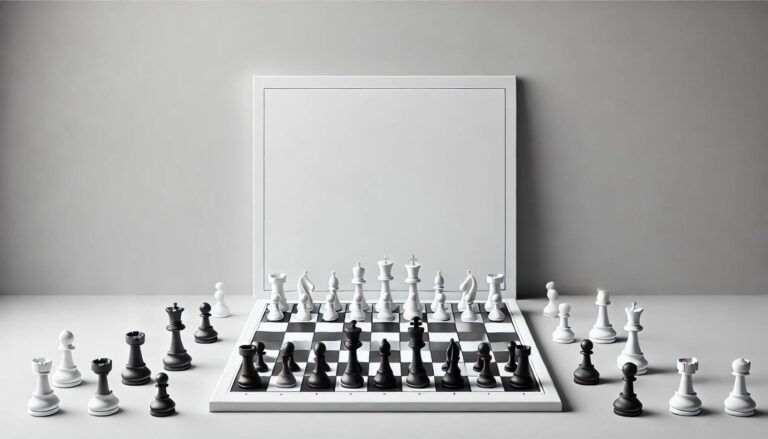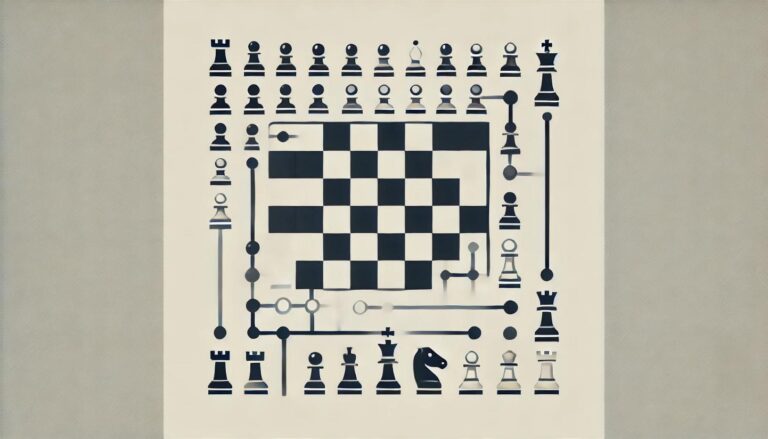Introduction to Positional Play in Chess
Chess is a game that requires a combination of strategy, tactics, and positional play. While tactics are essential for creating winning opportunities, having a strong positional understanding is equally important. Positional play in chess refers to the long-term planning and maneuvering of pieces to gain control over key squares and weaknesses in the opponent´s position. It involves understanding the strengths and weaknesses of each piece and using them to control the board. In this article, we will discuss five key tips to improve your positional play in chess.
Tip #1: Control the Center
The center of the chessboard is the most valuable and influential area. It consists of four central squares – d4, d5, e4, and e5. Having control over the center gives you more space, better mobility for your pieces, and greater control over the opponent´s position. Therefore, the first step to improving your positional play is to control the center.
Tip #2: Develop Your Pieces
The next step in improving your positional play is to develop your pieces. Developing pieces means bringing them out from their starting positions to more active squares where they can play a more significant role in controlling the board. Good piece development allows for more effective piece coordination and easier access to important squares.
Tip #3: Create Weaknesses in Your Opponent´s Position
Creating weaknesses in your opponent´s position is a crucial aspect of positional play. Weaknesses can be pawn weaknesses such as isolated or backward pawns, or weak squares that cannot be easily defended by the opponent´s pieces. Identifying and exploiting these weaknesses can give you a significant advantage in the game.
Tip #4: Avoid Weaknesses in Your Own Position
While creating weaknesses in your opponent´s position is important, it is equally essential to avoid creating weaknesses in your own position. Weaknesses in your position can make it easier for your opponent to attack and gain control, ultimately leading to a disadvantage in the game.
Tip #5: Evaluate Your Position
Finally, to improve your positional play in chess, it is crucial to constantly evaluate your position. Evaluating your position means assessing your strengths and weaknesses compared to your opponent´s and making adjustments accordingly. It also involves identifying the critical features of the position and planning your next moves accordingly.
Conclusion
In conclusion, positional play is an essential aspect of chess that requires long-term planning, control over the center, and effective piece development. By following the tips outlined in this article, you can improve your positional play and gain an advantage over your opponent. Remember to always control the center, develop your pieces, create and avoid weaknesses, and constantly evaluate your position. With practice and patience, you can master the art of positional play and become a stronger chess player.




